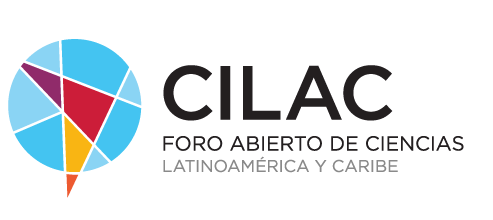Paris, March 18 – More than 850 million children and young people - approximately half of the world's student population - remain away from schools and universities, with national closures in effect in 102 countries and local closures in another 11 (figure updated on Tuesday 17 at the last minute). This represents more than doubling in four days the number of students who were prohibited from attending educational institutions, and expected to increase further.
The scale and speed of school and university closures represents an unprecedented challenge for the education sector. Countries around the world are rushing to fill the gap with distance education solutions. These range from high-tech alternatives, such as real-time video classes conducted remotely, to lower-tech options, such as educational programming on television or radio channels.
As an immediate response to mass school closures, UNESCO has established a COVID-19 task force to provide advice and technical assistance to governments working to provide education to students outside of school. The Organization is also holding regular virtual meetings with Ministers of Education from around the world to share experiences and assess priority needs. UNESCO is also launching a COVID-19 Global Education Coalition, bringing together multilateral partners and the private sector, including Microsoft and GSMA, to help countries deploy distance learning systems to minimize educational disruptions and maintaining social contact with students.
“The current situation imposes immense challenges on countries to be able to provide uninterrupted learning to all children and young people in an equitable manner. We are stepping up our global response by creating a Coalition to ensure a rapid and coordinated response. “Beyond meeting immediate needs, this effort is an opportunity to rethink education, expand distance learning and make education systems more resilient, open and innovative,” says UNESCO Director-General Audrey Azoulay. .
The uncertain duration of the closures adds further complications.
“The difficulties increase exponentially if school closures are prolonged,” said Stefania Giannini, UNESCO Assistant Director-General for Education. “Schools, however imperfect they may be, play an equalizing role in society and when they are closed, inequalities worsen.”
UNESCO will continue to organize regular webinars and virtual meetings to give country representatives the opportunity to share information on the effectiveness of approaches used in different contexts, building on the success of its ministerial meeting on 10 March (link) in which 73 countries participated.
It is difficult to assess the adverse effects of school closures. UNESCO has drawn up a short list of impacts, many of which extend beyond the education sector, to help countries anticipate and mitigate problems. These effects include the following:
- Disruption to learning: Disadvantages are disproportionate for disadvantaged students, who often have fewer educational opportunities outside of school.
- Nutrition: Many children and young people depend on the free or discounted meals provided in schools to eat and eat healthily. When schools close, nutrition is compromised.
- Protection: Schools offer safety to many children and young people and when they close, young people are more vulnerable and at greater risk.
- Parents are not prepared for distance and home education: When schools close, parents are often asked to facilitate children's learning at home and may struggle to perform this task. This is especially true for parents with limited education and resources.
- Unequal access to digital learning portals: Lack of access to technology or a good internet connection is an obstacle to continuous learning, especially for students from disadvantaged families.
- Gaps in childcare: In the absence of alternative options, working parents often leave their children alone when schools close and this can lead to risky behaviors, including increased influence from peer pressure and substance abuse.
- High economic costs: Working parents are more likely to miss work when schools close to care for their children. This results in lost wages and decreased productivity.
- Increased pressure on schools and school systems that remain open: Localized school closures place a burden on others as parents and officials redirect children to schools that are open.
- Rising dropout rates: Ensuring that children and youth return and stay in school when schools reopen after closures is challenging. This is especially true in the case of extended closures.
- Social isolation: Schools are centers of social activity and human interaction. When schools close, many children and young people lose social contact, which is essential for learning and development.
